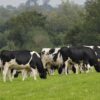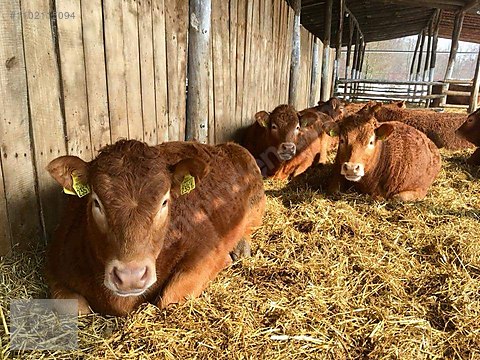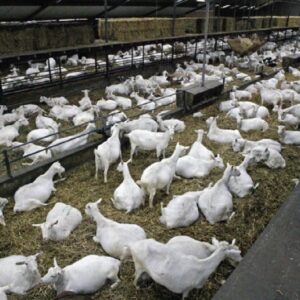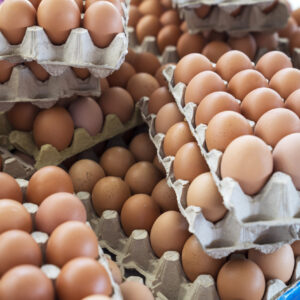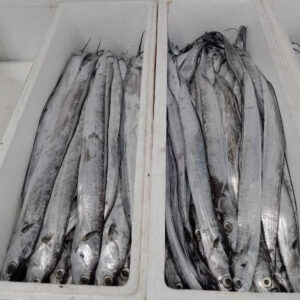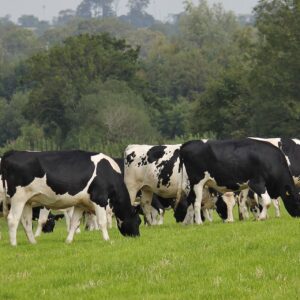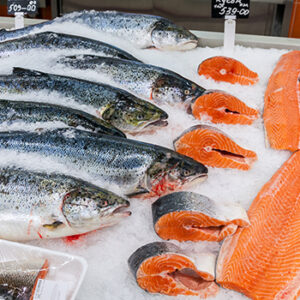The history of Limousin cattle may be as old as the European continent itself. Cattle found in cave drawings estimated to be 20,000 years old in the Lascaux Caves near Montignac, France have a striking resemblance to today’s Limousin.
Limousin originated in the West of the Massif Central between Central and South West France, a rather rainy region with harsh climatic conditions and poor granite soil. Consequently, the growing of field crops was very difficult at best and emphasis was placed on animal agriculture.
As a result of their environment Limousin cattle evolved into a breed of unusual sturdiness, health and adaptability. This lack of natural resources also enabled the region to remain relatively isolated and the farmers free to develop their cattle with little outside genetic interference.
During the early times of animal power, Limousin gained a well-earned reputation as work animals in addition to their beef qualities. Rene Lafarge reported in 1698. “Limousin oxen were universally renown and esteemed both as beasts of burden and beef cattle.” At the end of their work life these animals were then fattened for slaughter.
Since those early days the breed has developed from a working meat animal into a highly specialised beef producing animal and are referred to as the “butcher’s animal” in France.
Limousin Cattle Characteristics
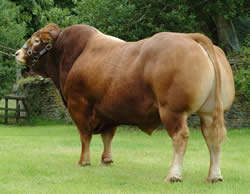 Photo courtesy of Dyfri Limousin, www.dyfrilimousin.co.uk |
The Limousin is large, fine and has a strong boned frame. Mature Limousin females should average 650 kilos and mature males 1000 kilos. The head is small and short with a broad forehead, and the neck is short with a broad muzzle.
Coat colour is golden-red and a lighter colour under the stomach, inside the thighs, around the eyes and muzzle, and around the anus and end of the tail. The skin is free of pigmentation.
Limousins with black genetics show a variation in colour. Calves can be light fawn or brown in colour graduating through different ages to a deep black at a fully mature age. Mature black animals can often display black coats fully tinged with brown hairs.
Horns are yellow at the base and darken towards the tips; they are at first horizontal, then curve forwards and upwards.
Statistics
An early-maturing breed, Limousins naturally produce young, but mature, lean beef in the medium weight range demanded by supermarkets and for intervention supply.
The Limousin has built a reputation for being The Carcase Breed. It produces beef with a low proportion of bone and fat, a top killing-out percentage and a high yield of saleable meat (73.3%). Half and three-quarter-bred carcases have excellent conformation well-suited to the market, which demands a consistent, lean beef product. A Reading University study into beef production highlighted the fact that suckled three-quarter-bred Limousin calves produce 98% of carcases classified -U or better. The meat quality of the Limousin carcase remains high whatever the animal’s age at slaughter.
Limousins guarantee excellent productivity at a low cost. The bulls are extremely fertile and their good conformation is passed on to all progeny, whatever the dams’ breeding, while their lighter frame ensures ease of calving.
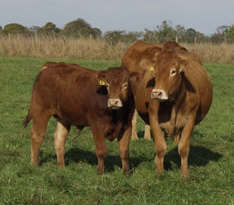 Photo courtesy of Beeches Limousin, www.thomlinson.co.uk |
The Limousin is a profitable converter of all feeds. Commercial producers around the UK testify that Limousins cross-breds demonstrate a higher live weight gain per kilo of food consumed than those of any other breed. Beef producers rearing Limousin cattle can expect bulls and cross-bred cows to do well on marginal land and their progeny to finish faster. In an age where profit margins are determined by production costs, this trait is of tremendous benefit.
Limousin cross Holstein Friesian suckler cows play a dominant role in commercial beef production. When crossed back to Limousin bulls, their three-quarter progeny produce carcases of similar quality and conformation to pure-breds.
Pure-bred Limousin females are top class suckler cows and provide a viable commercial option for producers with a closed herd policy. They demonstrate high fertility, a good milking ability, high conception rates and ease of calving. Use of the breed guarantees vigorous calves stamped with Limousin quality and home-bred replacements ensure total traceability from birth to slaughter.


